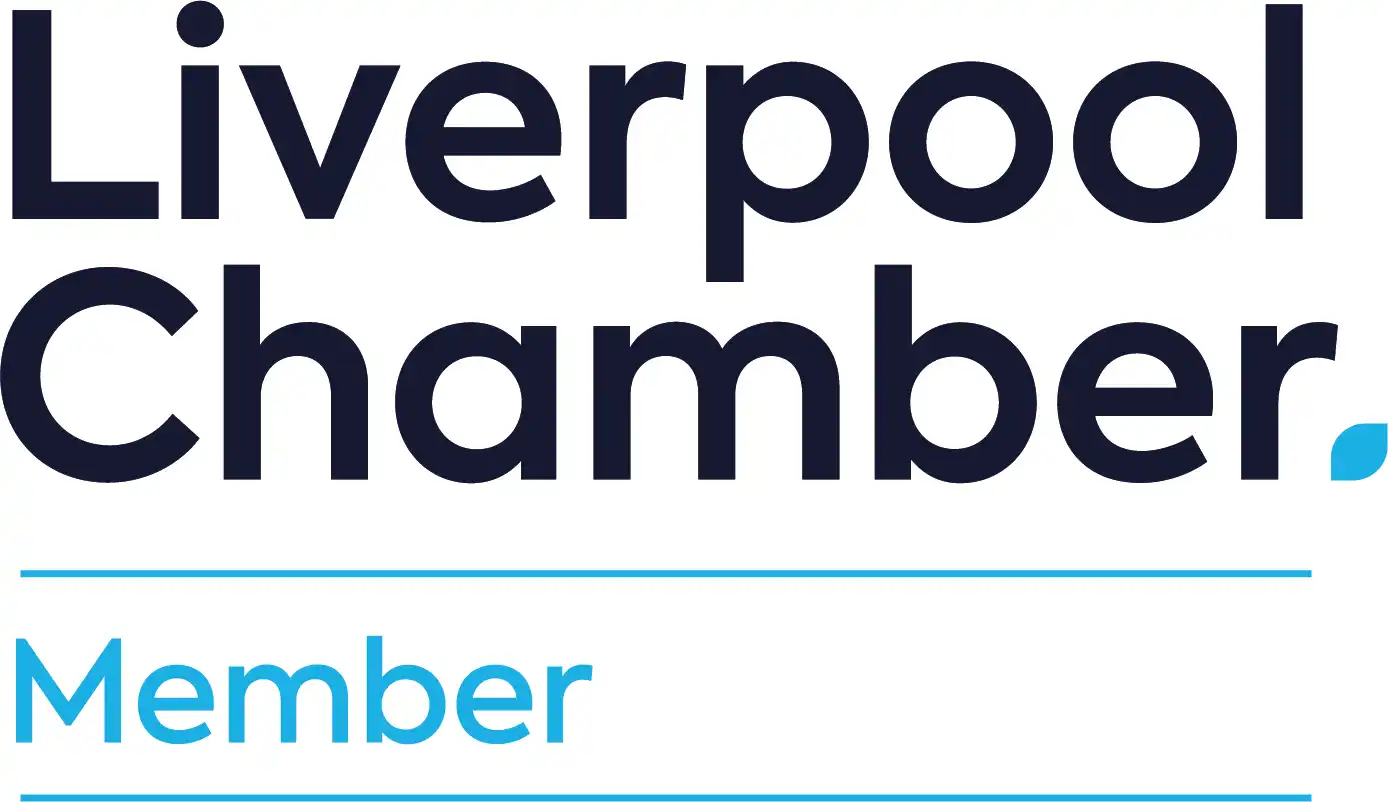GREGORY ABRAMS DAVIDSON SOLICITORS
For you, for business, for life.









Demergers and business splits
Merging 2 business entities into 1 can create a robust corporate body which is capable of achieving more than struggling single units could ever accomplish on their own.
However, sometimes, the converse is called for and splitting a single company into independent business groups presents a more profitable prospect.
Splitting a business can create either 2 separate companies owned by different shareholders or 2 separate companies owned by the same shareholders. A common form of demerger is a “spinoff” in which a parent company receives an equity stake in a new company equal to its loss of equity in the original company. Shares are then bought and sold independently, and investors have the option of buying shares of the unit they believe will be the most profitable. Or, a parent company can opt to retain a partial stake in the de-merged company.
When splitting a business leads to success
Some key business motivations include:
Rather than remaining tied together via ownership of multiple businesses in a single corporation, a demerger can help shareholders go their separate ways and give each individual business a chance to thrive rather than suffer the deadlock of warring shareholders.
Unlike the example above, splitting your business doesn’t have to result from animosity between parties. Demergers can be carried out simply because it makes good commercial sense to adopt a different corporate structure. If only specific sections of a company or group are producing profit while others are experiencing losses, splitting a business could save time and money in the long run by separating out the successful parts.
Many businesses choose to split in order to divide a group with joint ownership. This can often prove a more cost effective and efficient way to manage the business as a whole.
Demergers are also useful when owners cannot sell the entire business or when they wish to separate different business activities according to industry. Segregating assets with low operating performance may help to improve return on capital held in high performing areas.
If a company wishes to change direction, a spin-off company provides a way of continuing to meet the needs of current clients whilst allowing the parent company to focus on new markets.
Trading names, IP and goodwill can be extremely valuable assets. Whilst some businesses rely on their reputation for future investment, others may seek to bury a less desirable history. Splitting assets can therefore be a means of distinguishing the good, the bad and the ugly.
Selecting the best way to split a business
There are 4 main ways a demerger can be achieved: a direct/indirect dividend demerger, a liquidation demerger or a capital reduction demerger.
1. Direct dividend demerger
This is where a company will declare a dividend in specie (i.e. of assets rather than cash) of certain assets and those assets are transferred directly to the shareholders (or a certain class of shareholders).
2. Indirect dividend demerger
As above except the selected assets are transferred to a company owned by the shareholders (or a certain class of shareholder) rather than the shareholders themselves.
Both are relatively simple processes but rely on the company having sufficient distributable profits.
3. Liquidation demerger
This involves the dissolution of a parent company and the transfer of its assets to two or more companies. In consideration for the transfer of the assets, each new company issues shares to the original shareholders.
4. Capital reduction demerger
This is where a company reduces its share capital and simultaneously transfers its assets to a new company owned by some or all of the original shareholders. The retained assets of the original company remain within the original company.
Each method has its advantages and disadvantages and it is essential to establish which assets can and cannot move and what may be involved on an administrative level. For example, if you wish to split investment activities from business trading, you may simply prefer to move the investments rather than having to assign new contracts and transfer staff.
Although demergers can seem daunting, with careful planning and advice, tax liabilities can be minimised and with our help, setting up your new structure can be a smooth process.
Trust us to advise you and manage the strategy that best suits your company’s needs.
Corporate Law & Business Restructuring
Gregory Abrams Davidson Solicitors offers clear, commercially minded advice on demergers, business splits, and corporate restructuring. Whether you’re searching for a corporate law solicitor in Liverpool, support for business separation in London, or guidance on divisional restructuring, our experienced team can assist. Contact your local GAD office today for a tailored consultation.



